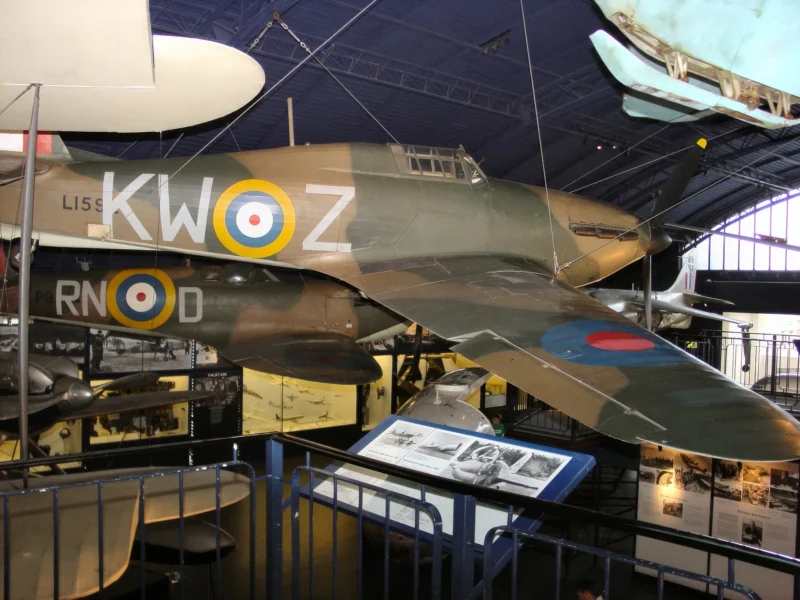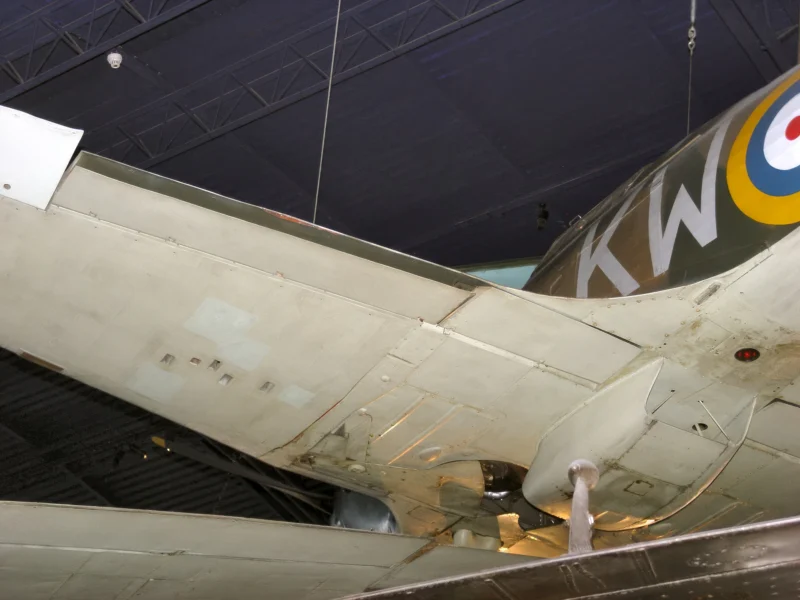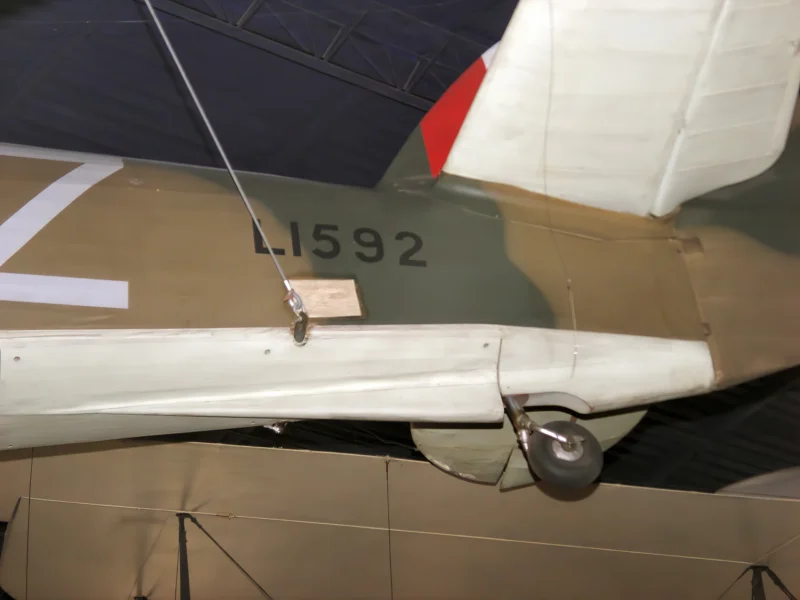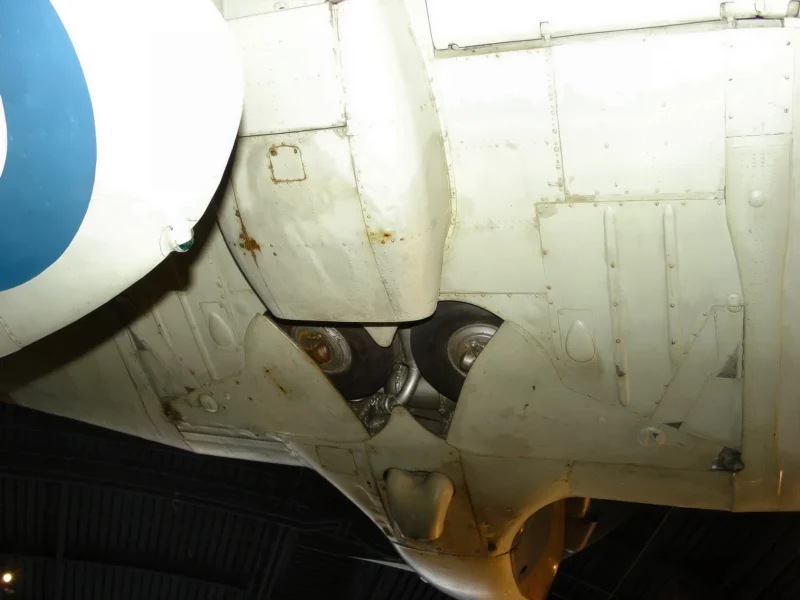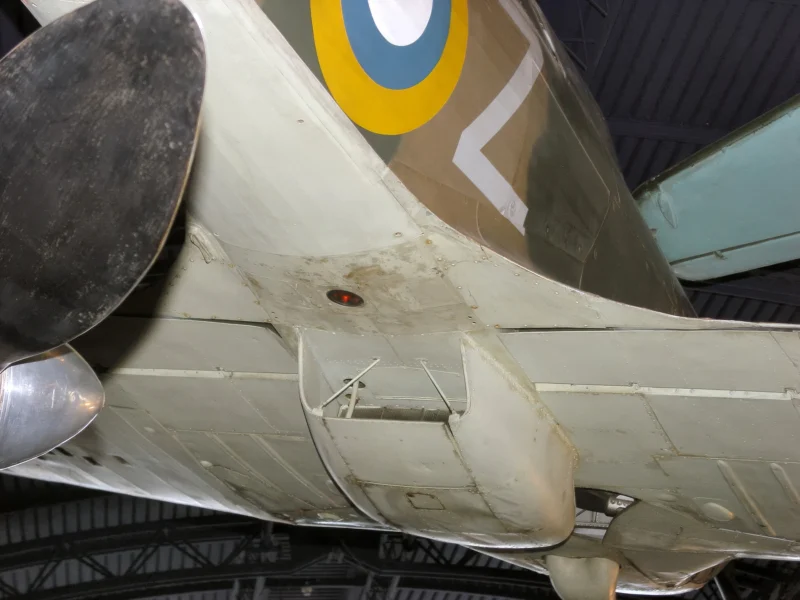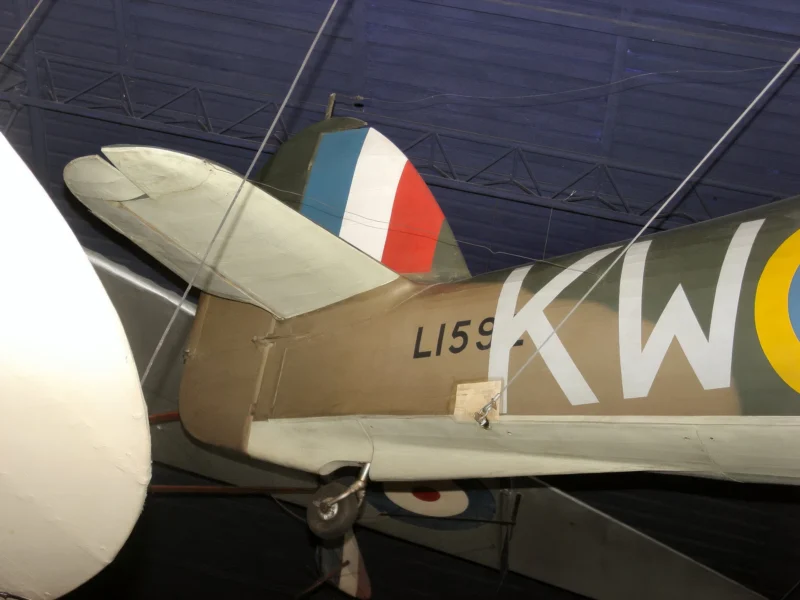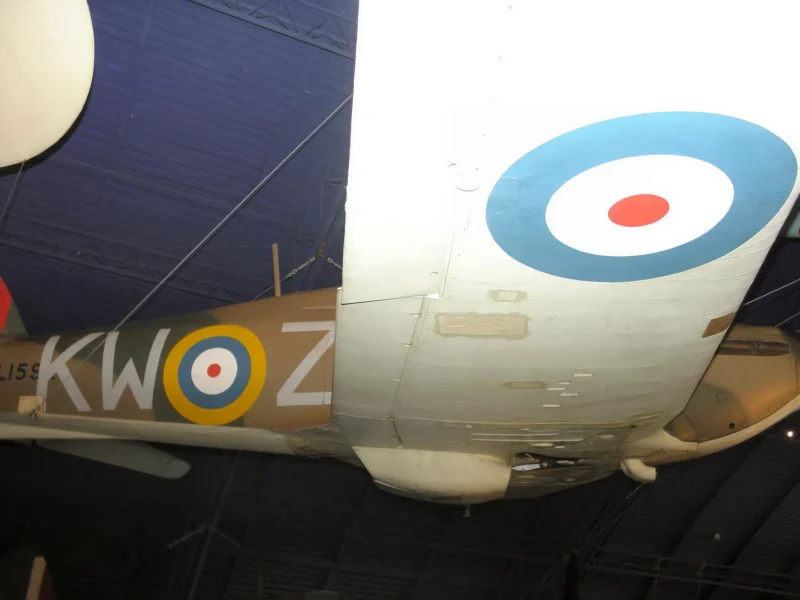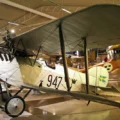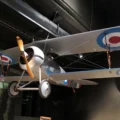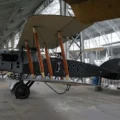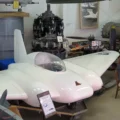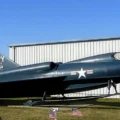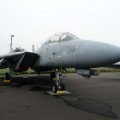
Hawker Hurricane | |
|---|---|
| Країні | Великобританії |
| Перший політ | 6 листопада 1935 |
| Роль | Винищувач |
| Побудований | 14583 |
У 201 Ураган Хоукер — британський одномісний винищувач 1930-1940-х років, який був спроектований і переважно побудований компанією Hawker Aircraft Ltd для Королівських ВПС (RAF). Незважаючи на те, що літак був затьмарений Супермарином Спітфайром, він став відомим під час битви за Британію, на який припадало 60 відсотків повітряних перемог ВПС в битві, і служив у всіх основних театрах Другої світової війни.
Джерело: Ураган Хоукер у Вікіпедії
| Hawker Hurricane Mk.I Walk Around | |
|---|---|
| Фотографів | Ондрей Скарка, Яро Муха |
| Розташування | Музей науки Лондона |
| Фото | 23 |
| Hawker Hurricane Mk IIC Walk Around | |
|---|---|
| Фотограф | Андрій Зінчук |
| Розташування | Незнай |
| Фото | 46 |
| Hawker Hurricane Mk.XII | |
|---|---|
| Фотограф | Володимир Якубов |
| Локалізацією | Колекція літаючої спадщини |
| Фото | 67 |
Читайте також:
| Hawker Hurricane Mk.XII B Walk Around | |
|---|---|
| Фотограф | Сеес Гендрік |
| Локалізацією | Незнай |
| Фото | 29 |
| Hawker Hurricane Mk. IV Walk Around | |
|---|---|
| Фотограф | Dean |
| Локалізацією | Незнай |
| Фото | 21 |
The Hawker Hurricane was a single-seat British fighter aircraft that played a crucial and often-overshadowed role as the workhorse of the Royal Air Force (RAF) during the Battle of Britain in 1940. Designed by Sydney Camm, it was the RAF’s first monoplane fighter with an enclosed cockpit and retractable landing gear, entering service in 1937.
Key Design and Construction
The Hurricane was distinguished by its traditional, yet rugged, construction, which contributed to its durability and ease of repair in the field, a crucial factor during the intensity of the Battle of Britain.
- Fuselage: Featured an older, but extremely tough, steel-tube structure (Warren truss), covered in doped linen fabric. This allowed the aircraft to absorb significant battle damage, with some cannon shells passing through the fabric without exploding.
- Wings: Early models had fabric-covered wings, which were later replaced by all-metal, stressed-skin wings (from the Mk I revised onwards) to handle higher diving speeds and greater stress. Crucially, the metal wing was interchangeable with the older fabric wing for easy retrofitting.
- Engine: Powered by the iconic Rolls-Royce Merlin V-12 liquid-cooled engine, giving it a top speed of around 340 mph (547 km/h) in later variants.
- Landing Gear: Its wide-track undercarriage made it more stable and easier to land than the Spitfire, a significant advantage for less experienced pilots.
Armament and Roles
The Hurricane’s heavy and concentrated firepower made it a highly effective bomber interceptor throughout the war.
| Variant / Mark | Зброя | Primary Role |
|---|---|---|
| Mk I (Early) | 8 x .303-inch Browning machine guns | Primary defense fighter during the Battle of Britain. |
| Mk IIB | Upgraded to 12 x .303-inch machine guns | High firepower fighter. |
| Mk IIC | 4 x 20 mm Hispano cannon | Night fighter, fighter-bomber. |
| Mk IID / IV | 2 x 40 mm anti-tank cannons (IID) or Rockets (IV) | Ground-attack / “Tank-buster” (Hurri-bomber). |
During the Battle of Britain, the Hurricane’s robust design and stable gun platform made it the ideal aircraft for engaging the slower-moving German bomber formations. It is credited with shooting down 60% of the Luftwaffe aircraft destroyed during that crucial period.
Legacy and Service
Despite being superseded as a high-altitude interceptor by the Spitfire, the Hurricane’s reliability and adaptability kept it in service throughout the entire war, leading to a total production of over 14,500 units.
Notable variants included the Sea Hurricane, adapted for carrier operations to protect Atlantic convoys, and tropicalized versions that fought in North Africa, the Soviet Union, and the Far East, cementing its status as a vital, dependable, and highly adaptable workhorse of the Allied forces.
Views : 9115
